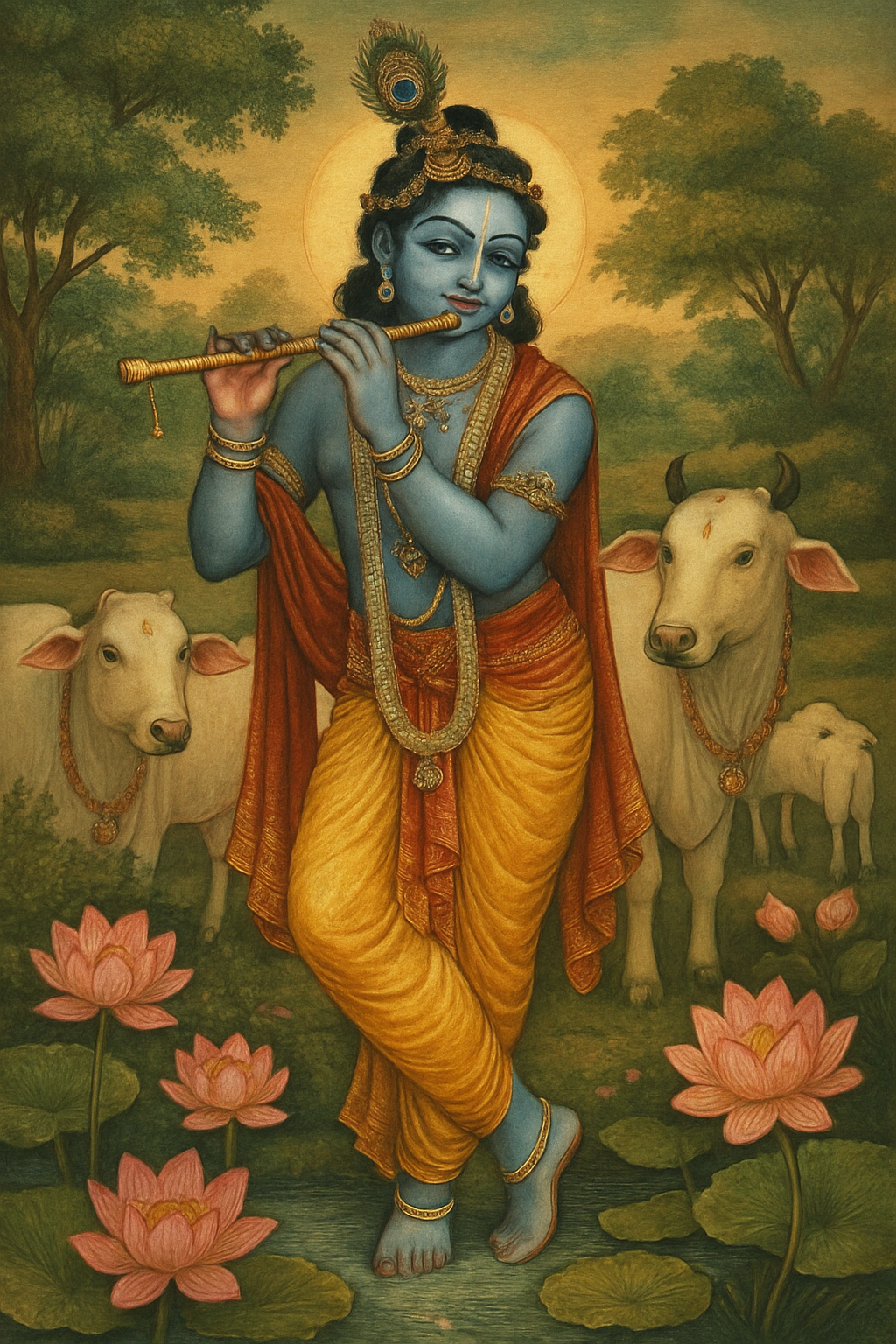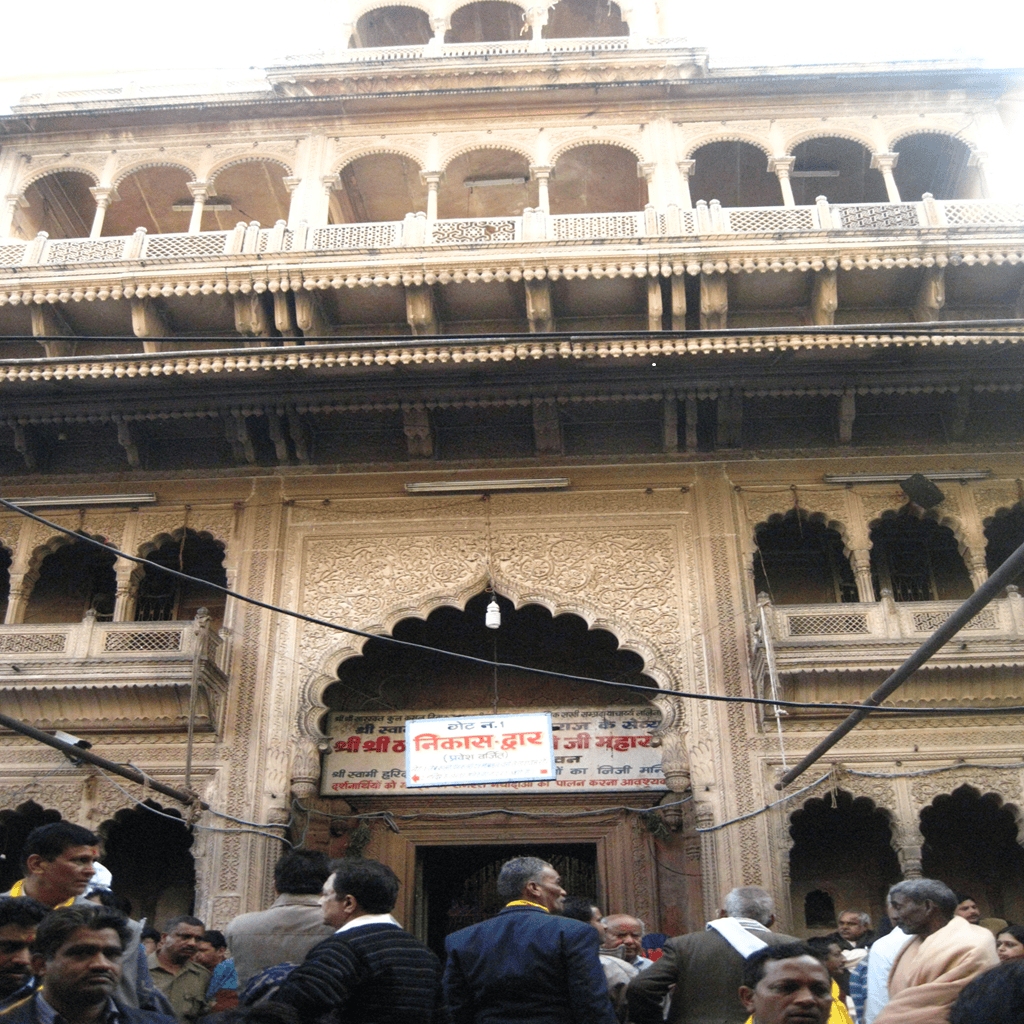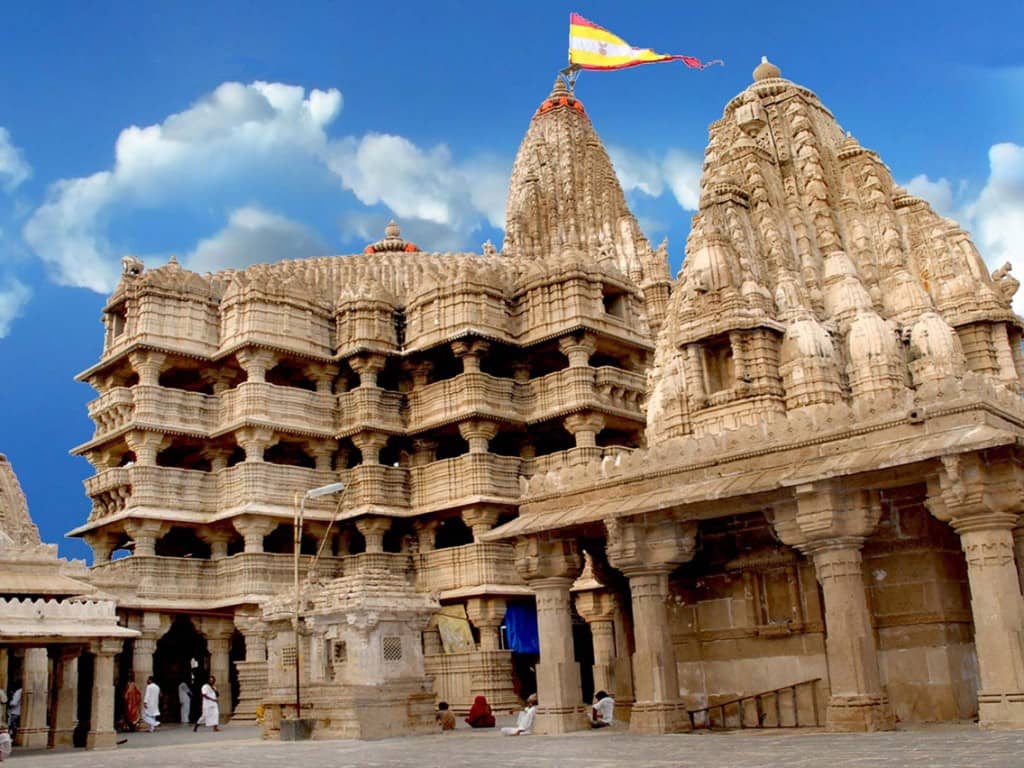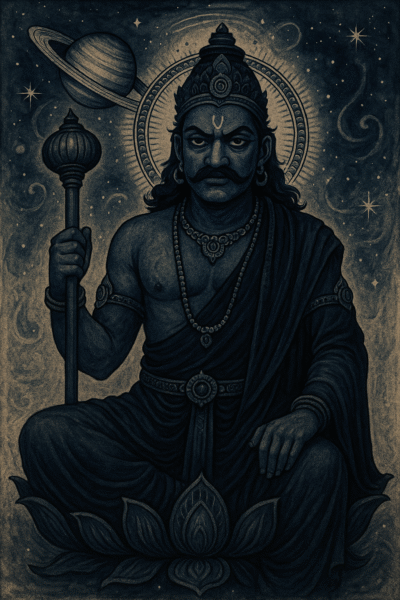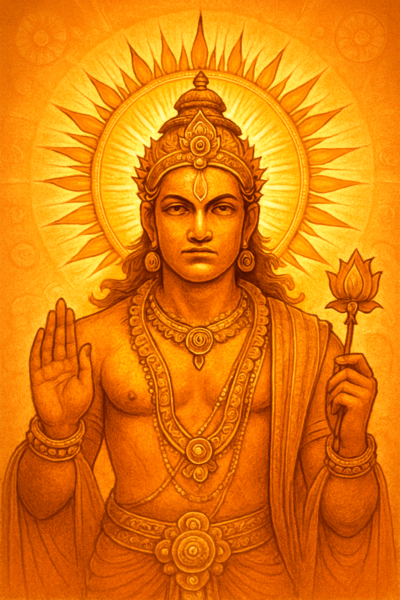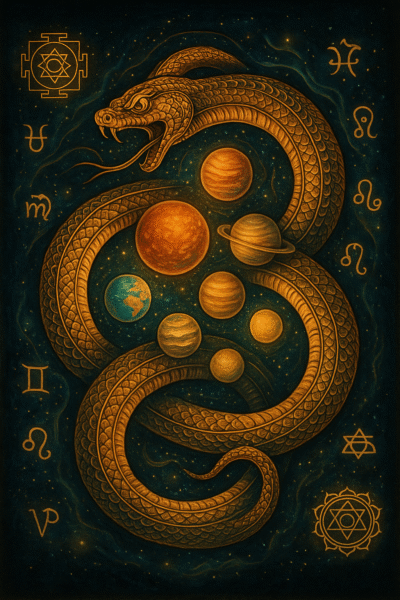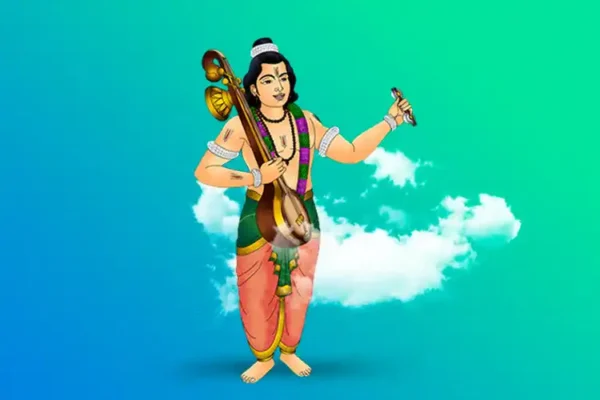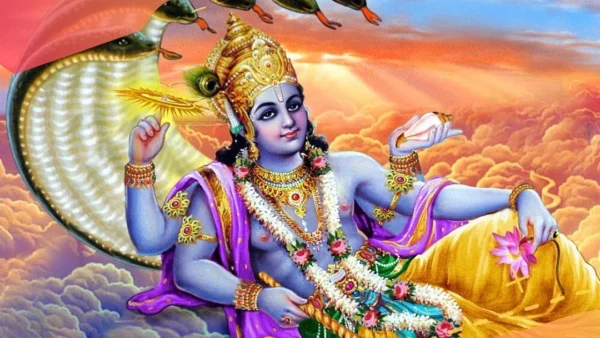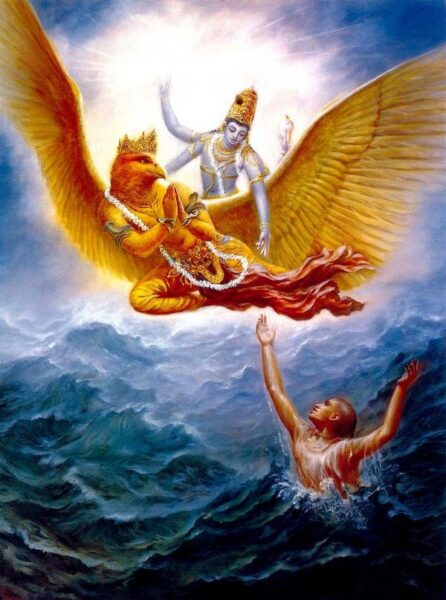Lord Krishna – The Divine Cowherd, Guide, and Supreme Lover
Lord Krishna, honored as the eighth avatar of Vishnu and the beloved cowherd of Vrindavan, is one of Hinduism’s most cherished and multi-faceted deities. This article covers Krishna’s iconography, sacred names, childhood leelas, major legends, spiritual philosophy (especially the Bhagavad Gita), festivals, mantras, sacred places, worship practices, and modern relevance.
Introduction
Krishna is considered the Supreme Personality (Purna Purushottam) and is loved for his playful childhood, divine beauty, flute music, enchanting leelas, and profound spiritual teachings. His life, as told in the Mahabharata, Srimad Bhagavatam, and other scriptures, touches every aspect of human existence—love, friendship, duty, heroism, and devotion.
Physical Attributes & Iconography
- Blue or Dark Complexion: Symbolizes infinity, mystery, and spiritual transcendence.
- Peacock Feather: On his crown, representing beauty, grace, and divine play.
- Flute (Bansuri): Signifies attracting devotees and the call of the divine to the soul.
- Yellow Garment (Pitambara): Represents purity, brightness, and nature.
- Makhan (Butter): As a child, he loved butter, symbolizing the essence of life and the heart of devotees.
- Cowherd Staff & Garland: Symbolizes his life as Gopala (Protector of cows) and his connection to nature.
- Lotus Eyes and Smile: Representing beauty, compassion, and spiritual allure.
Sacred Names & Titles
- Govinda — Protector of cows and senses
- Gopala — Cowherd boy, beloved of Vrindavan
- Madhava — Husband of Lakshmi, Sweet One
- Keshava — Slayer of demon Keshi, One with beautiful hair
- Murari — Slayer of demon Mura
- Vasudeva — Son of Vasudeva
- Kanhaiya/Kanha — Affectionate names for Krishna
- Syama Sundara — The beautiful dark one
- Parthasarathi — Charioteer of Arjuna
- Yadunandana — Descendant of the Yadu clan
- Jagadguru — Universal teacher
- Makhan Chor — Butter thief
- Laddu Gopal — Child Krishna
- Kanha — Another loving name
Major Legends & Childhood Leelas
Birth in Mathura
Born to Vasudeva and Devaki in Mathura, Krishna was smuggled to Gokul to escape the tyrant Kamsa. This marks the divine incarnation’s protection by and for his devotees.
Makhan Chor (Butter Thief)
Baby Krishna, famous for stealing butter and enchanting the Gopis, symbolizes the playful and loving side of the Divine that wins hearts through joy.
Kaliya Daman
Subduing the serpent Kaliya in the Yamuna, demonstrating protection of his devotees from evil and restoring dharma.
Govardhan Lila
He lifted the Govardhan mountain on his little finger for seven days to shelter villagers from torrential rains sent by Indra, teaching the power of faith and divine protection.
Raas Leela
Krishna’s divine dance with the Gopis in Vrindavan, symbolizing the soul’s longing and ecstatic union with God.
Killing of Demons
Slaying Putana, Shakatasura, Trinavarta, Arishta, and others to protect Vrindavan, signifying removal of negativity from the heart.
Friendship with Sudama
Exemplifies unconditional friendship, where Krishna receives Sudama with love and grants him abundance, valuing devotion above material offerings.
Bhagavad Gita & Philosophy
The Divine Dialogue
- The Bhagavad Gita, spoken by Krishna to Arjuna on the battlefield of Kurukshetra, is a cornerstone of Hindu philosophy.
- It covers the purpose of life, duty (dharma), selfless action, meditation, sacrifice, devotion, and the nature of the soul.
- Key teachings: renounce the fruits of action (Nishkama Karma), surrender to the Divine (Sharanagati), and see oneness in all beings.
- Ultimate path: Bhakti Yoga (the path of loving devotion) as the supreme means of liberation and peace.
Other Scriptural Roles:
- Krishna as a strategist and peace messenger in the Mahabharata
- Universal form (Vishvarupa Darshan) revealing his cosmic reality
- Teacher of right conduct, compassion, and loyalty
Major Festivals & Observances
Janmashtami
Celebrates Krishna’s birth on the 8th day of Bhadrapada (August/September). Observed with fasting, devotional singing, Bhagavad Gita recitation, Dahi Handi, and midnight celebrations.
Rasa Purnima
Commemorates the Raas Leela in Vrindavan, celebrated with devotional music and dance.
Govardhan Puja
On the day after Diwali, devotees create small hills of food, worship cows, and recall Krishna’s protection of Vrindavan.
Holi
The festival of colors, deeply associated with Krishna and Radha’s play in Vrindavan.
Jhulan Yatra
Celebrates Krishna & Radha swinging in monsoon, marked by ornate swings in temples.
Sacred Mantras & Prayers
Maha Mantra
Hare Krishna Hare Krishna Krishna Krishna Hare Hare
Hare Rama Hare Rama Rama Rama Hare HareThe sixteen-word Hare Krishna Mahamantra is the most powerful devotional chant for Krishna.
Keshava Namah
Om Namo Bhagavate Vasudevaya
Main mantra for invoking Krishna as Vasudeva.
Krishna Gayatri
Om Devakinandanaya Vidmahe Vasudevaya Dhimahi Tanno Krishna Prachodayat
Govinda Damodara Stotra
Govindam Adi Purusham Tam aham Bhajami
Prayers and Stotras
- Vishnu Sahasranama — Many names of Krishna
- Gopala Sahasranama — Thousand names of Krishna as the cowherd
- Bhagavad Gita recitation for spiritual advancement
Sacred Places & Temples
- Mathura: Krishna’s birth place, with numerous sacred ghats and temples
- Vrindavan: Childhood abode, home to Banke Bihari, ISKCON, Radha Raman, and countless other temples
- Dwarka: Krishna’s kingdom, home to the famous Dwarkadhish temple (one of the Char Dham)
- Kurukshetra: Battlefield of the Mahabharata and Bhagavad Gita discourse
- Gokul: Where Krishna grew up
- Govardhan: Sacred hill lifted by Krishna
- Puri Jagannath: Krishna worshipped as Jagannath alongside Balabhadra and Subhadra
- Udupi (Karnataka): Krishna temple established by Madhvacharya
Worship Practices & Rituals
Daily Puja
- Awakening deity with morning prayers (Mangala Aarti)
- Bathing (Abhishek), dressing, and decorating Krishna idol/murti
- Offering garlands, flowers, incense, and lighted lamps
- Recitation of mantras and singing bhajans
- Offering food (bhog/prasad), especially butter, sweets, fruits
- Evening aarti and chanting divine names (japa, sankirtan)
Special Worship
- Fasting on Ekadashi (11th lunar day every month) with Krishna worship
- Celebration of Janmashtami with midnight darshan, drama, music, and feasts
- Jhulan Yatra with ritual swing of Krishna-Radha images
- Annadanam (offering food to devotees and the needy)
Benefits of Krishna Devotion
Spiritual
- Attainment of Bhakti (devotion) and spiritual fulfillment
- Inner peace, divine love, and joy (ananda)
- Freedom from the cycle of birth and death (moksha)
Material
- Removal of obstacles, prosperity, protection, and harmonious relationships
- Success in education and endeavors through worship of Krishna as Jagadguru
- Fulfillment of heartfelt desires when matched with selfless devotion
Psychological
- Stress relief, emotional healing, and positive transformation
- Inspiration to face life’s challenges with courage and playfulness
- Development of confidence, compassion, and detachment
Modern Relevance & Contemporary Worship
- ISKCON and Krishna Consciousness movement have spread Krishna devotion globally with temples, kirtans, and food distribution
- Modern music, art, literature, and theatrical performances celebrate Krishna’s stories and teachings
- Krishna’s teachings in the Bhagavad Gita are widely studied for management, leadership, and conscious living techniques
- Digital platforms offer virtual darshan, online kirtans, Gita study, and global Krishna communities
- Krishna is seen as an icon of environmental harmony, festivals of color (Holi), and interfaith dialogue
Conclusion
Lord Krishna’s infinite love, wisdom, and play guide devotees on every aspect of their spiritual and worldly journey. He teaches surrender, joyful service, and seeing the Divine in all. Through the path of Bhakti, anyone—regardless of background—can attain his grace and eternal bliss. Om Namo Bhagavate Vasudevaya – Salutations to Lord Krishna, the all-attractive, loving, guiding, and liberating Divine.

